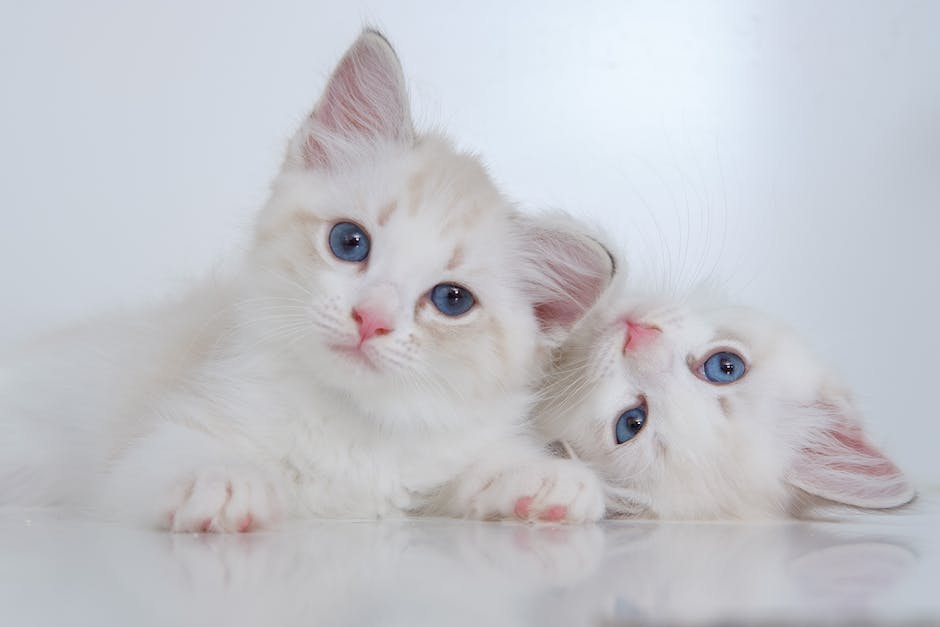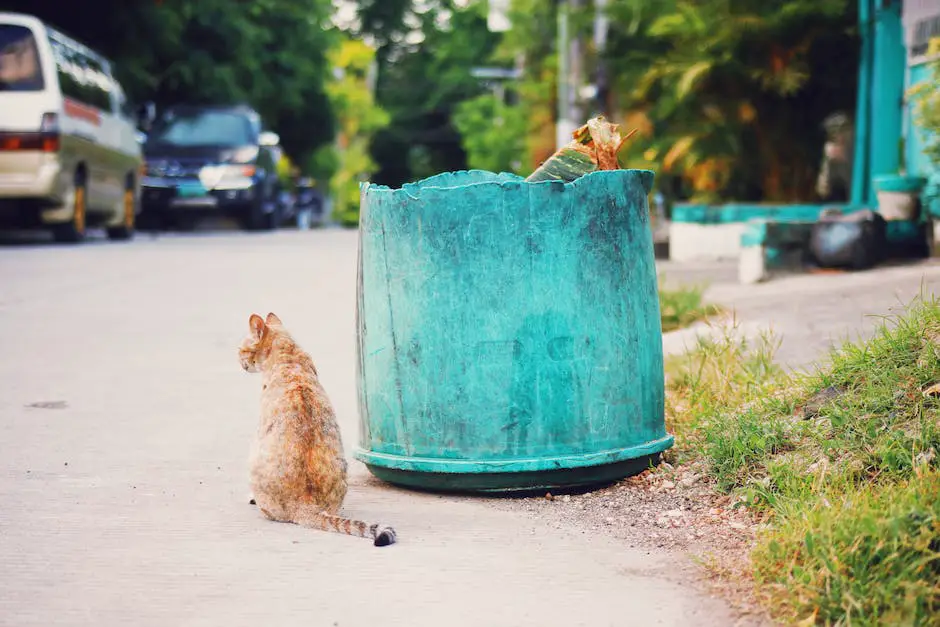How many kittens can a cat have? It’s a question that has been asked since the beginning of time. The answer, of course, is that it all depends on the cat. Some cats can have litters of two or three, while others can have litters of eight or more. There is no one right answer, as each cat is different. So, if you’re wondering how many kittens your cat can have, the best answer is to ask your veterinarian.
There is no definitive answer to this question as it can depend on a number of factors, such as the age and health of the cat, as well as the circumstances surrounding the pregnancy. In general, though, it is not uncommon for a healthy cat to have between three and eight kittens at a time.
How many kittens can a cat have for the first-time?
There are a few things to keep in mind when it comes to litter size in cats. The average litter size for cats is 4 to 6 kittens, but adolescents, seniors, and first-time mothers typically have smaller-than-average litters. First-time moms usually only have 2 or 3 kittens. Purebred cats tend to have more kittens per litter than mixed breeds, though experts aren’t sure why.
While cats usually have an average of four kittens in each litter, this can range from one to 12 kittens. This means that litters can vary greatly in size, and some litters may be much larger or much smaller than average. However, no matter how many kittens are in a litter, each one is sure to be adorable!
Can a cat have 20 kittens
Cats typically have four to eight kittens per litter, although there are exceptions with larger and smaller litters. For example, first-time cat mothers often have just two or three kittens. The largest litter of kittens on record was 19, born in 1970.
There are a few factors that influence litter size, according to experts. The mother’s age and health, as well as the genetic histories of both parents, can affect how many kittens are born. For example, a young or first-time queen typically gives birth to a smaller litter of up to three kittens.
How long is cat pregnant?
The cat gestation period (cat pregnancy length) is about 63-65 days on average, or about two months. This is the average length of time from conception to birth for a cat.
Vets recommend not touching kittens unless you have to while their eyes are still closed. You can check on them to make sure they’re healthy and gaining weight, but try to limit direct physical contact. The kitten’s mother will also let you know how comfortable she is with you handling her babies.
How often do cats get pregnant?
It is generally recommended that cats have a litter no more than twice a year. This gives them necessary time to recover between litters.
A little known fact is that kittens in a single litter can have different fathers There could even be as many fathers as there are kittens! The ability to produce a litter of kittens fathered by more than one tom cat is called superfecundation18 6 2017.
How long are cats in labor for the first time
If you notice your cat is scratching and making a bed, this may be a sign that labor is about to begin. Some cats may also begin to pant during this time. The first stage of labor can last up to 36 hours, so make sure to keep an eye on your cat and provide anything she may need during this time.
While it may be impossible to create a hybrid of a dog and a cat, it is possible for two different species to give birth to an entirely different one. This often happens when the two species are not genetically compatible and the offspring is sterile. However, in some cases, the offspring may be fertile and able to produce offspring of their own, creating a new species.
Should I stay with my cat while she gives birth?
Most cats would prefer to be left alone while giving birth; they definitely don’t want to be pet or touched. It’s best to give your pregnant cat as much privacy as possible while also leaving yourself the ability to monitor the birthing process for any signs of issues or distress.
When a female cat is ready to mate, she will Alley cat her mate by calling him over with her vocalizations and physical attractiveness. After the male cat responds, they will face each other and twist their tails together. The female cat will then squat down and the male cat will mount her. After he penetrates her, the two will mate for about 30 to 60 seconds.
Once the male cat has ejaculated, the female cat will often lick her genital area to encourage his sperm to travel into her reproductive tract. The female cat’s uterus is lined with small, hairlike structures called cilia. These work to pull the sperm up into her reproductive tract so that fertilization can take place.
The female cat can mate multiple times while she is in heat, and each time she mates, she has the potential to become pregnant. Cats do not ovulate in the same way as many mammals, including humans. Instead of releasing an egg in preparation for fertilization, the cat’s body is triggered to ovulate when she mates. This means that she can release multiple eggs during a single heat cycle.
Once the eggs are fertilized, they will travel down the fallopian tubes and into the cat’s uterus. There, they will
Do cats know the gender of their kittens
There is no definitive answer to this question as anatomical variation exists among individuals. However, it is generally agreed that the anus and genitalia are relatively close together, with the anal opening typically located within just a few inches of the genital opening. This proximity can make anal play an enjoyable and convenient addition to sexual activity.
The process of a mama cat getting ready to have kittens is called “queening.” A female cat can get pregnant when they are as young as 4 months old, unless they have been spayed to prevent that.
How often do cats give birth?
Cats can have two or three litters of kittens per year if they have not been spayed. This means that if you have a female cat that has not been spayed and you find out she’s expecting, you may end up with a lot of kittens on your hands! While it can be exciting to think about adding to your feline family, it’s important to be prepared for the challenges that come with caring for a pregnant cat and her kittens. Be sure to talk to your veterinarian about what to expect and how to best care for your expectant kitty.
Make sure the room your cat and her kittens are in is warm, and that their bedding is clean and dry. Keep the room quiet, and don’t allow family members to disturb her. Keep an eye on the kittens to make sure they are feeding, but try to keep at a distance your cat is comfortable with.
What to do after cat gives birth
Weigh the kittens as soon as mom will allow and continue weighing them daily. Do not take the kittens away from mom while weighing.
It is highly unlikely that your female cat would mate with your male cat again if she were in heat after conceiving with him. If the cats mated initially several weeks ago, your new female was likely not pregnant from that first interaction. Females are only receptive to mating when they are in heat.
Can the dad be around newborn kittens
Male cats can be very protective of their kittens and may become aggressive if they feel they are in danger. It is therefore important to keep the male away from the kittens when they are newborns. Once the kittens are a bit older, around six to eight weeks, you can gradually introduce the tomcat to them.
If you find neonatal kittens the best thing to do is leave them alone! Mom will most likely come back to care for them. However, don’t be surprised if they’re moved the next time you check on them!
How long after a kitten is born can you take it home
It is a common misconception that kittens can be separated from their mothers at 8 weeks old. However, kittens separated at this time are still at risk for developmental, social, and health issues. Instead, kittens should remain with their mothers until they are 12-14 weeks old.
If your female cat has not been spayed, there is always a chance she could get pregnant, even if she is only around an unneutered male cat for a short period of time. Cats can easily slip outdoors by accident, so it is important to be aware of the risks. A single encounter can result in pregnancy, so it is best to be prepared.
How long do cats have to mate to get pregnant
Cats are induced ovulators, which means that the act of breeding stimulates the release of eggs from the ovaries. Most females require three to four matings within a 24-hour period for ovulation to occur. It only takes a minute or two for cats to mate, and cats may mate multiple times in a short period of time.
This is typically the time of year when litters of kittens are seen. This is because daylight starts to lengthen in the spring and female cats become more active and noisy when they are ready to mate. The mating process generally stops in late Autumn when daylight is reduced.
Can father and daughter cats breed
There is nothing wrong with breeding related cats and registering their offspring. Inbreeding can help to preserve certain traits in a population of cats, and can also help to avoid genetic problems that can arise from too much diversity.
Yes, definitely. A mother cat’s love for her kittens is very strong and she forms a deep emotional connection with them. She is very protective of them and will do everything she can to keep them safe and healthy.
Do two female kittens from same litter get along
Even if you have multiple kittens from the same litter, they might not have a lifelong sibling bond. Cats don’t reach social maturity until they are between 18 months and four years old, so even if they get on when they are young, this may drift apart as they grow older.
Kittening Bed
A kittening bed is a great way to keep your cat safe and warm during the birthing process. You can prepare one using a cardboard box or cat bed lined with newspaper, old sheets, or towels. Just make sure that the bed is warm, cozy, and private but still accessible so that you can keep an eye on your cat.
Final Words
A cat can have up to eight kittens at a time.
Based on the available evidence, it appears that the average cat can have anywhere from two to six kittens. However, some individual cats may be able to have more or fewer kittens depending on a variety of factors.






